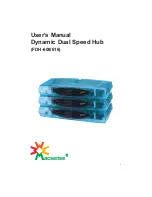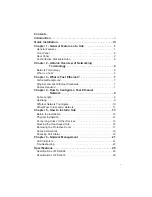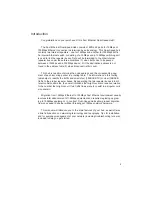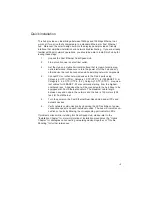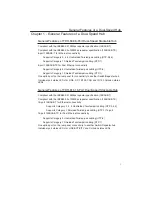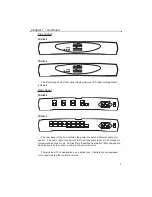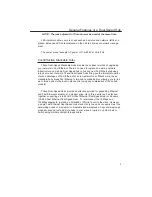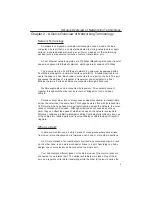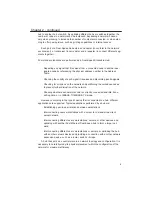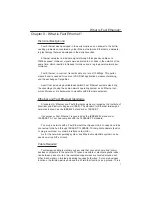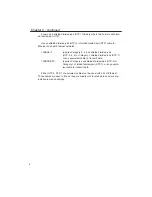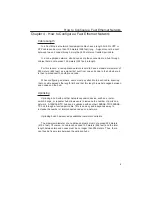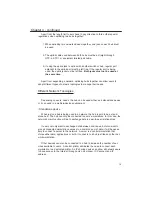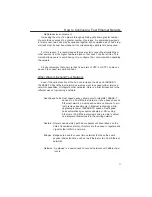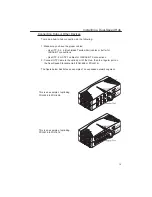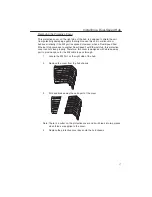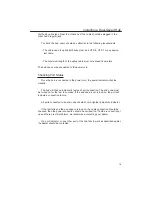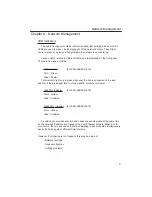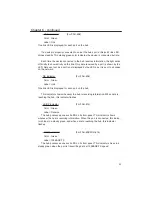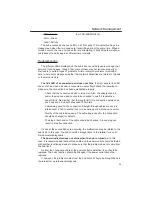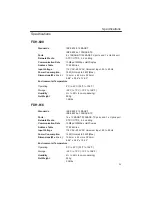
- Multiple-device environment
Increasing the size of a network through uplinking will allow a greater number
of users to have access to a greater number of services. As explained previously
in this manual, two hubs may be uplinked together. While uplinked, each hub's reg-
ular jack must be kept free whenever its corresponding uplink jack is being used.
For this reason, it is recommended that users start connecting workstations or
other devices from the higher numbered jack so that Jack 1 can be left free. This
method allows users to avoid having to re-configure their network when expanding
the network.
Finally, remember that no more than five meters of UTP-5 or STP-1 cable can
be used to connect two uplinked hubs.
Other Ways to Expand Your Network
Even if the uplink function of the hub can increase the size of a 10BASE-T/
100BASE-TX Fast Ethernet network, users may want to expand further, improve
network capabilities, or integrate other networks. Here is a brief introduction to the
different ways of optimizing a network.
- Dual-Speed hubs: Dual-speed devices allow users to integrate 10BASE-T
devices to a Fast Ethernet network. If you already have an
Ethernet network, a dual speed hub may allow you to pro-
tect previous investments in Ethernet technology while
upgrading to faster 100BASE-TX speeds. Dual-speed
hubs automatically recognize adapters or NICs using
Ethernet or Fast Ethernet systems and are able to adjust
and integrate themselves into the existing network.
- Routers : Routers decide which path a data packet will travel based on the
data's transmission protocol. Routers are thus used to regulate and
organize the traffic in a network.
- Bridges : Bridges are used to connect two networks that have the same
physical characteristics, such as two Ethernet or two Fast Ethernet
networks.
- Gateway : A gateway is a device used to connect networks with different pro-
tocols.
How to Configure a Fast Ethernet Network
11

